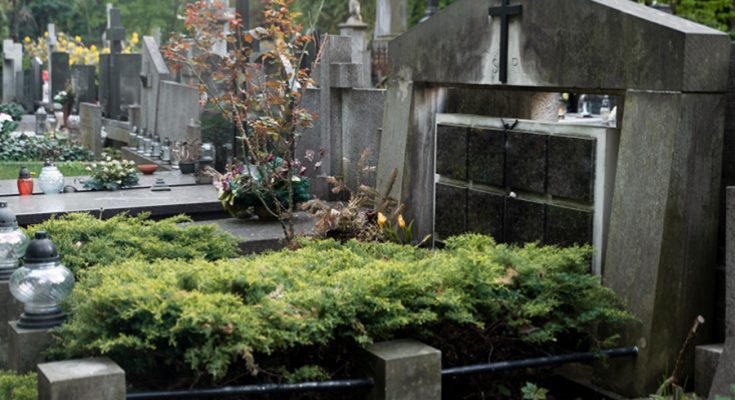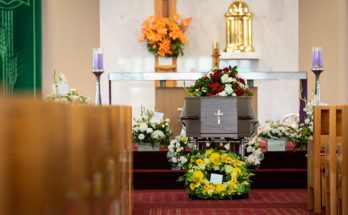A columbarium serves as a final resting place, but when poorly managed, it can lead to distressing outcomes for grieving families. Issues such as overcrowding, unclear niche ownership, and poor maintenance are not always obvious at the start. These situations usually unfold over time when planning is rushed or key details are overlooked. Whether you’re considering a private columbarium or one located in a public facility, understanding what can go wrong is key to making more informed decisions. Here’s why problems arise and what steps can help you avoid them.
Lack of Early Planning Leads to Limited Options
One of the most frequent causes of columbarium issues stems from delayed decision-making. Families who wait until after a passing to secure a niche often find that desirable spots have already been taken, especially in popular areas. This urgency results in compromises, either on location, design, or cost. A private columbarium generally allows for more flexibility, but even these options fill up quickly without prior reservation.
To avoid this, initiate discussions early with relatives, and shortlist providers before any urgent need arises. Pre-planning also gives you the space to explore location, fees, and terms without emotional pressure.
Misunderstanding Ownership Terms Creates Conflict
Many assume that purchasing a niche means permanent ownership, but this isn’t always the case. Some columbarium spaces operate on renewable lease terms, while others are limited to a set number of years. Inadequate understanding of these conditions can result in sudden evictions or unexpected renewal fees.
Always ask for written clarification on tenure, renewal policies, and what happens at the end of a term. If choosing a private columbarium, request documentation on transfer policies and family access rights to prevent disputes in future.
Poor Record-Keeping Results in Confusion Over Niches
Mislabelled or undocumented niches have caused real problems for families, particularly in older facilities where digitised systems were never implemented. Paper records, if misplaced or incomplete, can lead to misidentification or even wrongful relocation of urns. This is more likely in sites with high turnover or limited administrative staff.
Check if the facility has a reliable database for managing niche assignments. Digital traceability is a strong indicator of administrative stability. Those looking into the Choa Chu Kang columbarium or other larger locations should ask how records are backed up and who has access to them.
Inadequate Maintenance Affects Dignity and Comfort
It’s not uncommon for older or underfunded columbaria to struggle with upkeep. Broken lights, damaged signage, or blocked walkways can make visiting stressful rather than peaceful. For outdoor units, weather exposure can speed up wear and tear if materials are not properly treated. Over time, these maintenance lapses can diminish the dignity of the space.
Tour the location in person before making any decisions. Take note of cleanliness, ventilation, and ease of access for elderly visitors. If possible, revisit during different times of day to see how conditions vary. Facilities that allow regular upkeep visits signal a more active approach to long-term care.
Overcrowding Reduces Privacy and Comfort
Columbaria located in high-density urban areas, including public ones like Choa Chu Kang columbarium, may suffer from overcrowding during peak periods such as Qing Ming or religious anniversaries. When spaces are too tightly packed, it becomes difficult for families to mourn or conduct rituals in peace. Some newer blocks try to address this with improved spacing, but not all facilities have the luxury of expansion.
To mitigate this, select a niche in a quieter zone or one with controlled visitor schedules. If opting for a private columbarium, ask how crowd management is handled during key dates.
Vague Layouts Make Niches Hard to Locate
It might seem like a small detail, but confusing floor plans and poorly labelled sections can frustrate family members, especially those returning after many months or years. Larger public columbaria often lack personalised guidance, and even digital directories, where available, may be out of date.
Before committing, walk through the facility layout with the administrator. Confirm how niche locations are assigned and what signage supports long-term wayfinding. Some private facilities offer map support or digital tools, making revisits easier and more respectful.
Inflexible Rules Complicate Family Rituals
Each columbarium has its own set of regulations regarding incense, offerings, photography, or group sizes. In more restrictive setups, families might find that meaningful traditions are limited or outright banned. This can be especially disheartening during milestone dates when rituals hold added significance.
Review all guidelines in advance and ask about exceptions or booking systems for extended visits. Facilities that consult with families about ritual needs tend to offer a more respectful environment overall.
Communication Gaps During Transfers or Upgrades
Finally, some columbaria may undergo renovations, redevelopments, or operational handovers without adequately informing affected families. This has led to cases where niches were moved without proper consent, or families received notifications far too late.
Ask what protocols are in place if the columbarium is redeveloped. A responsible provider will have a clear communication chain and transition plan. Those who opt for a private columbarium should look into the company’s track record for handling site upgrades or expansions.
Contact Nirvana to learn more about secure and thoughtful columbarium planning that respects your family’s needs for generations.




